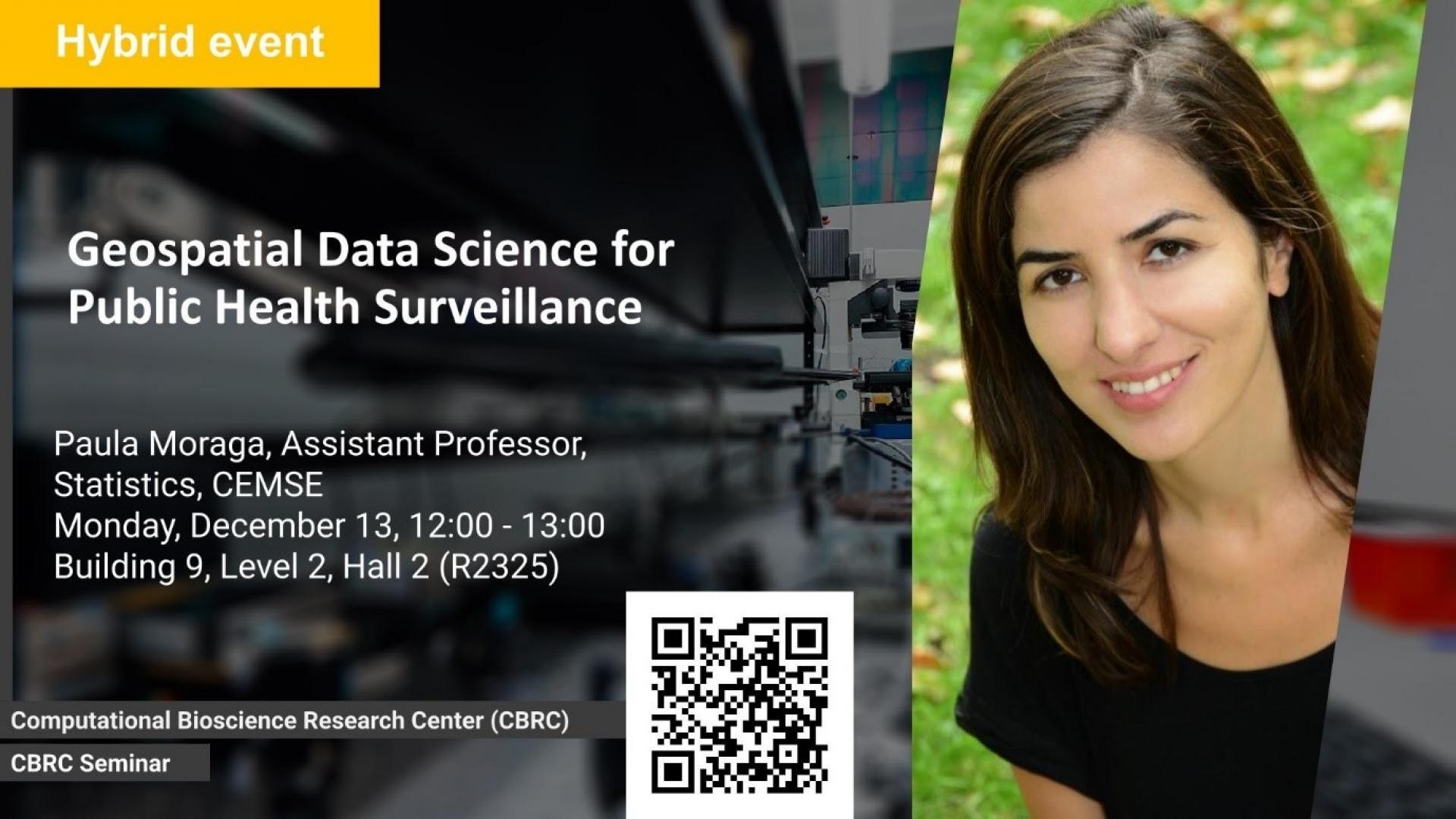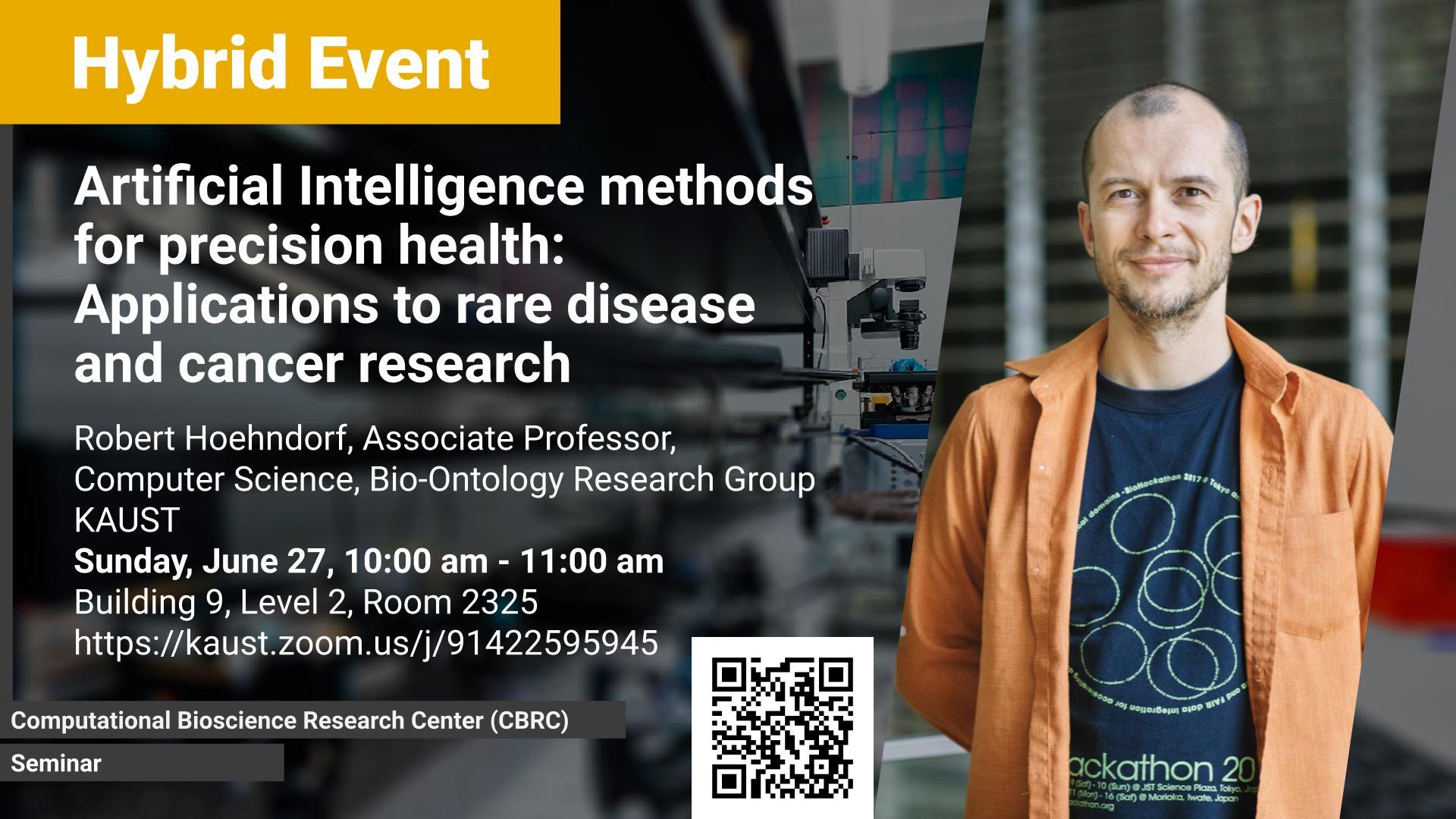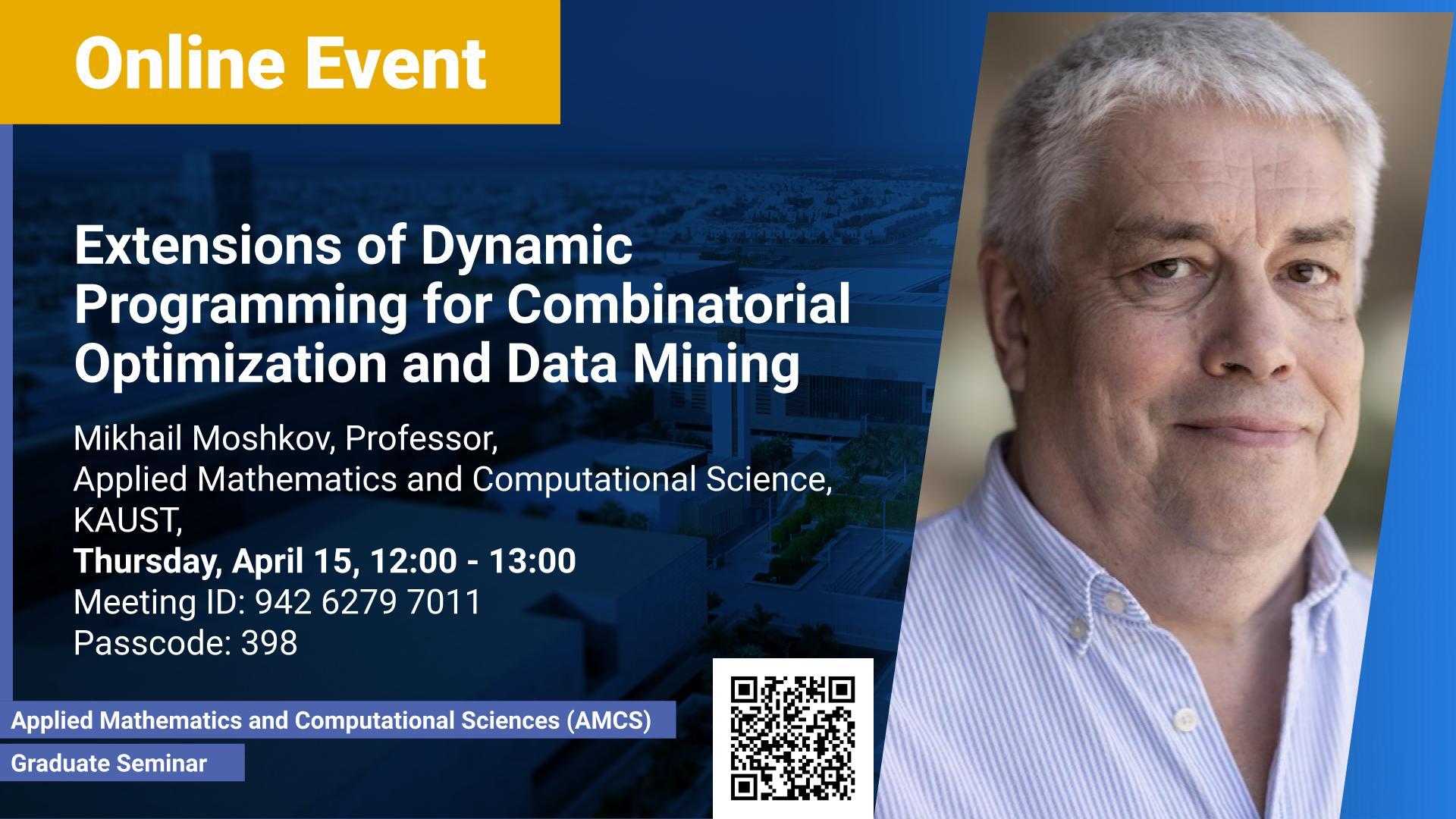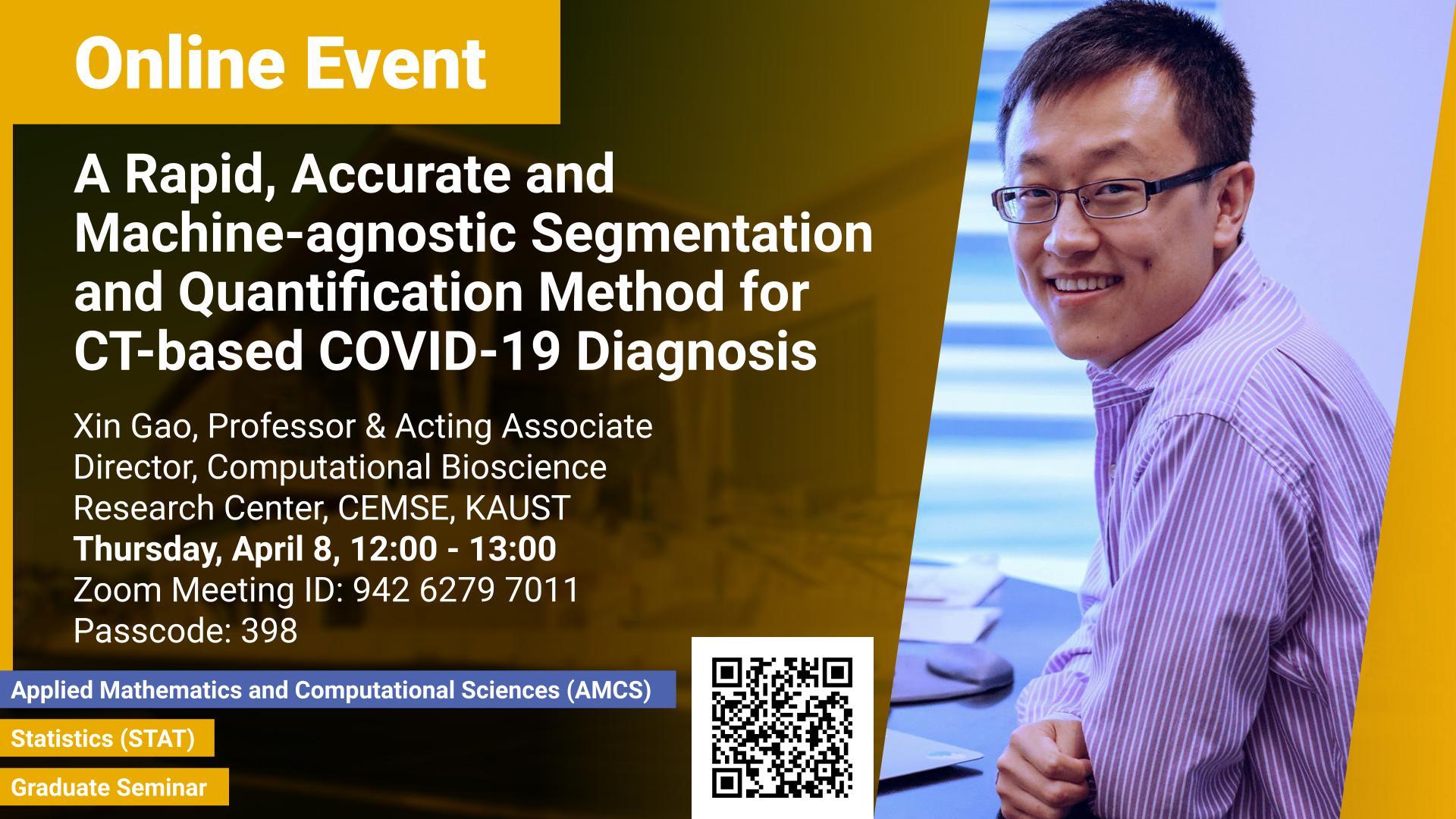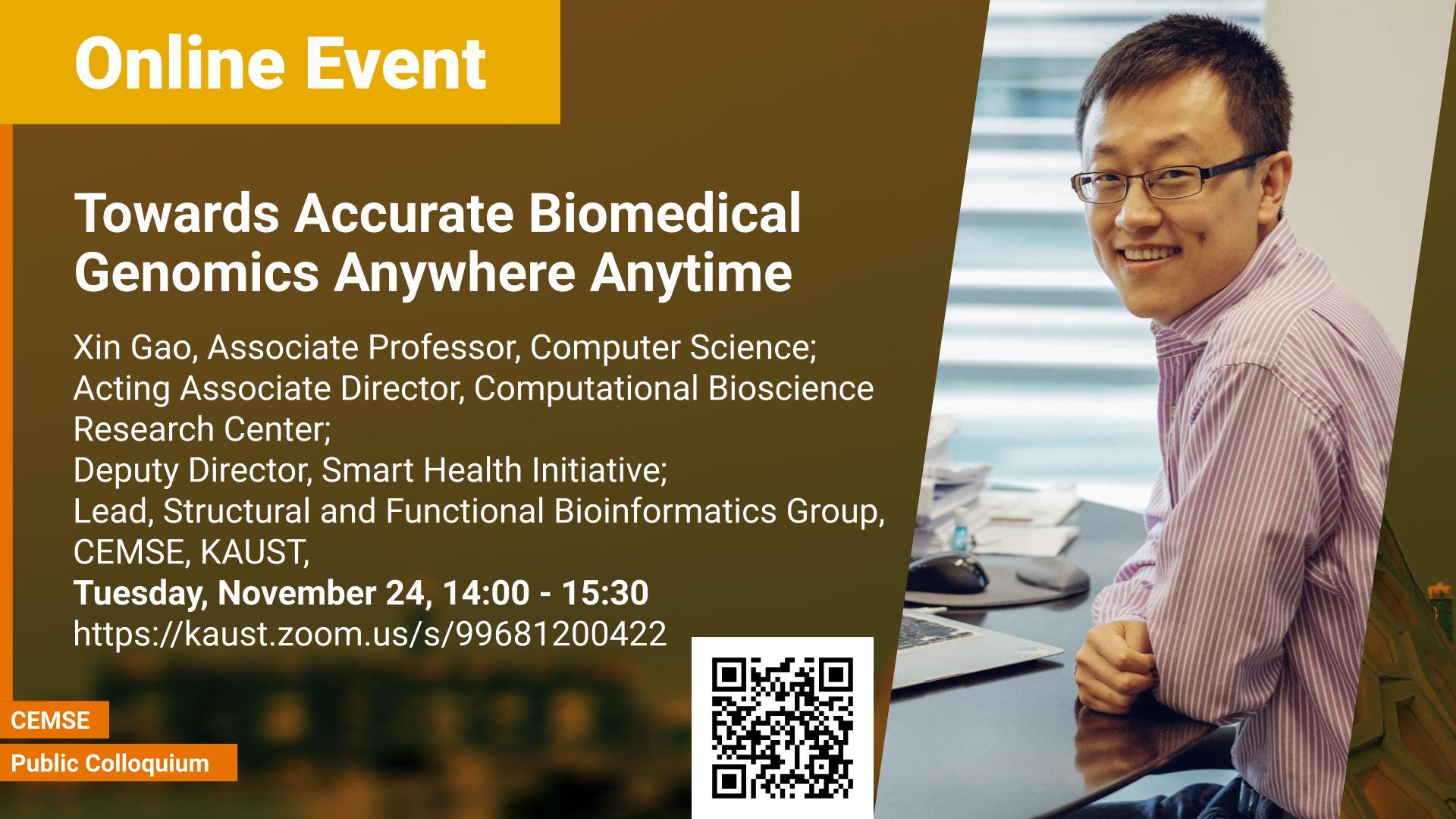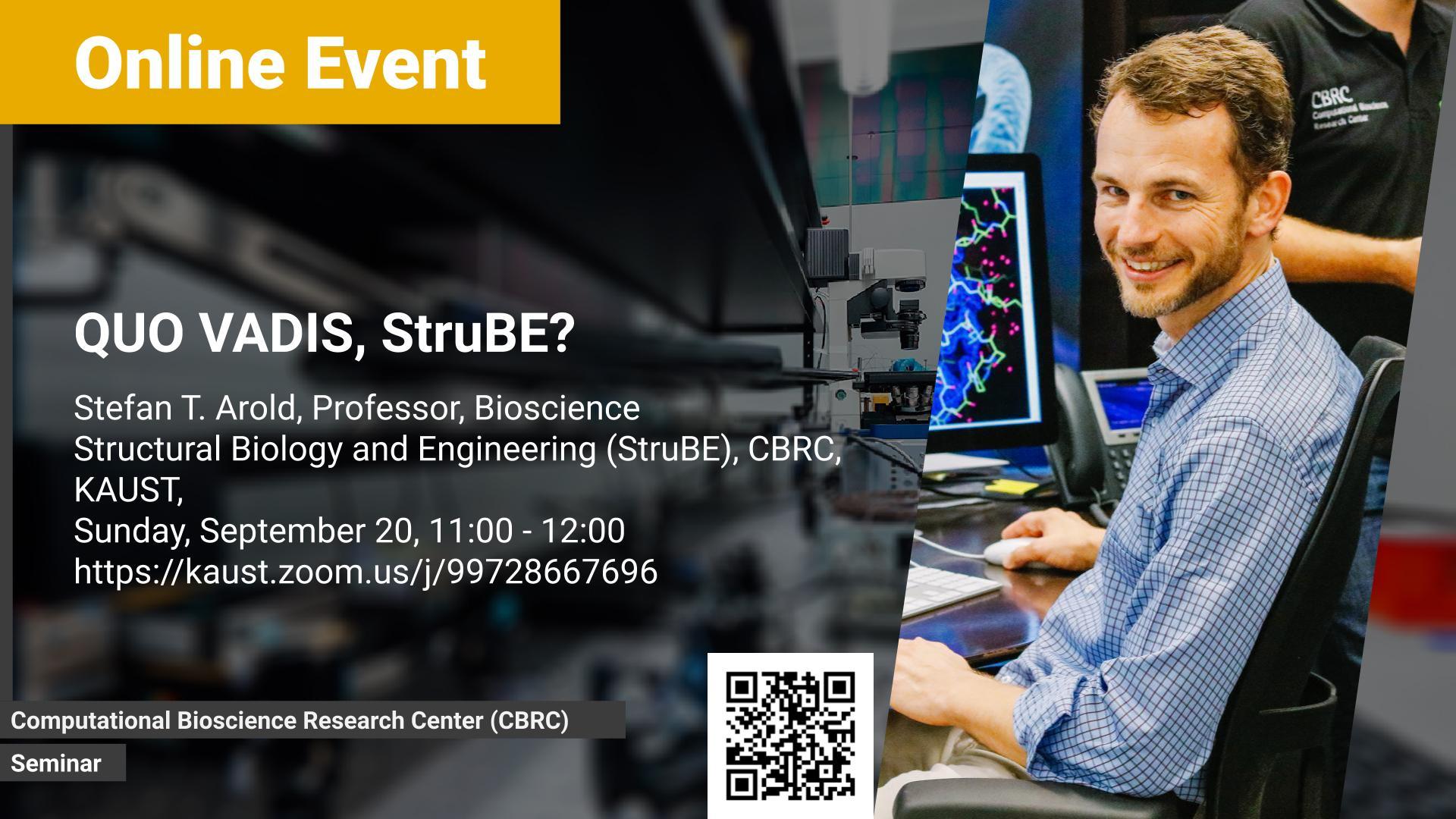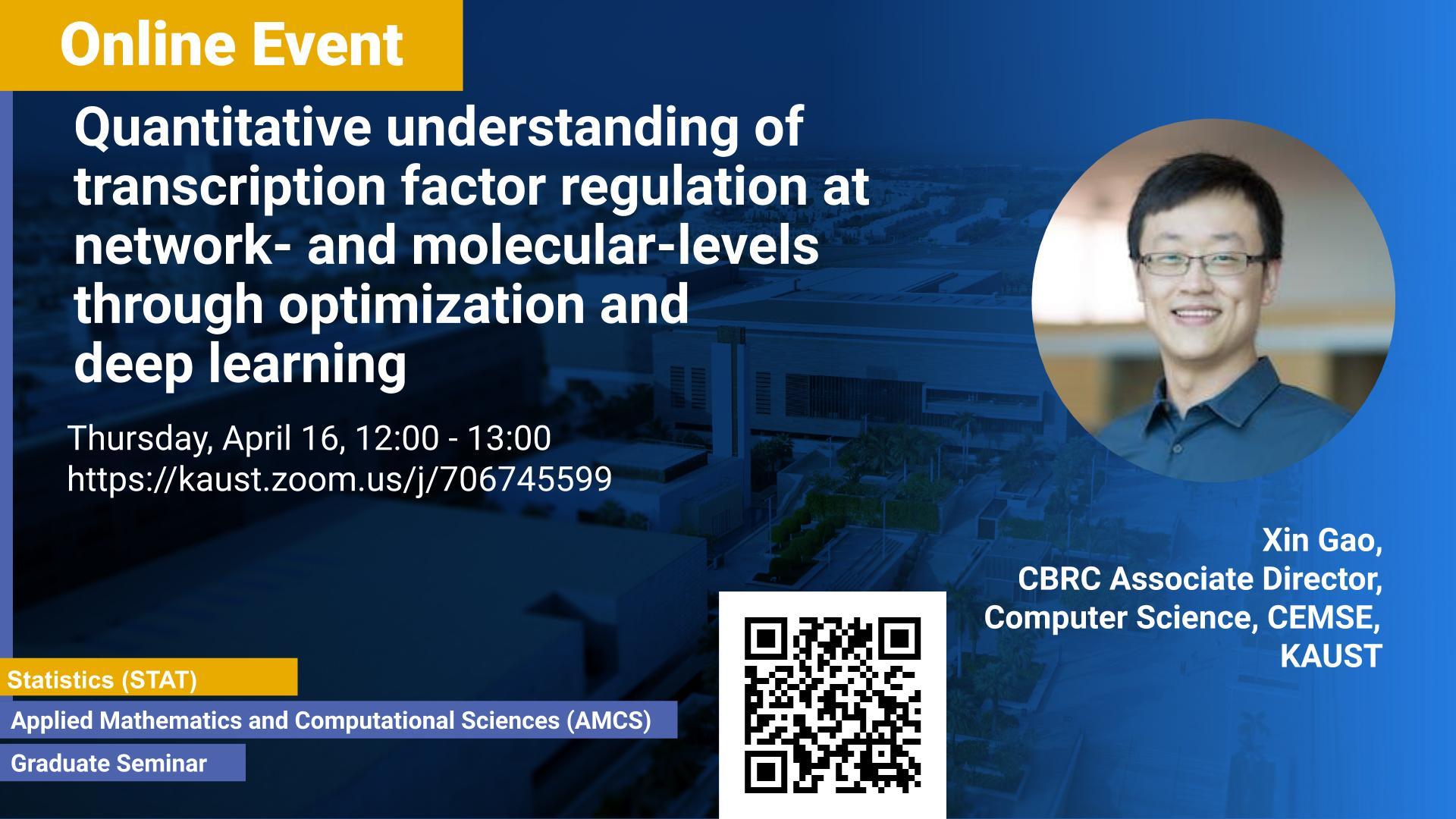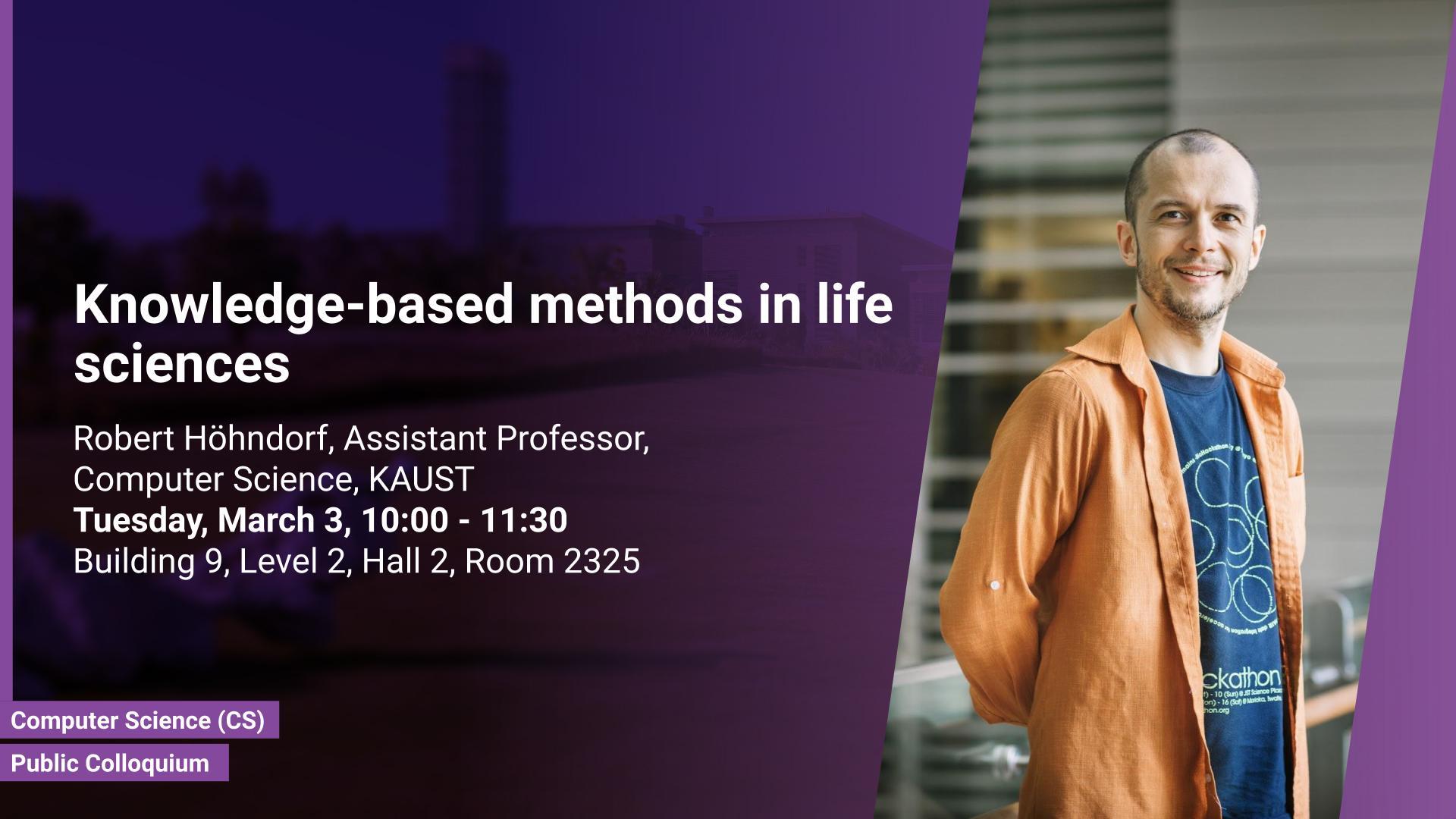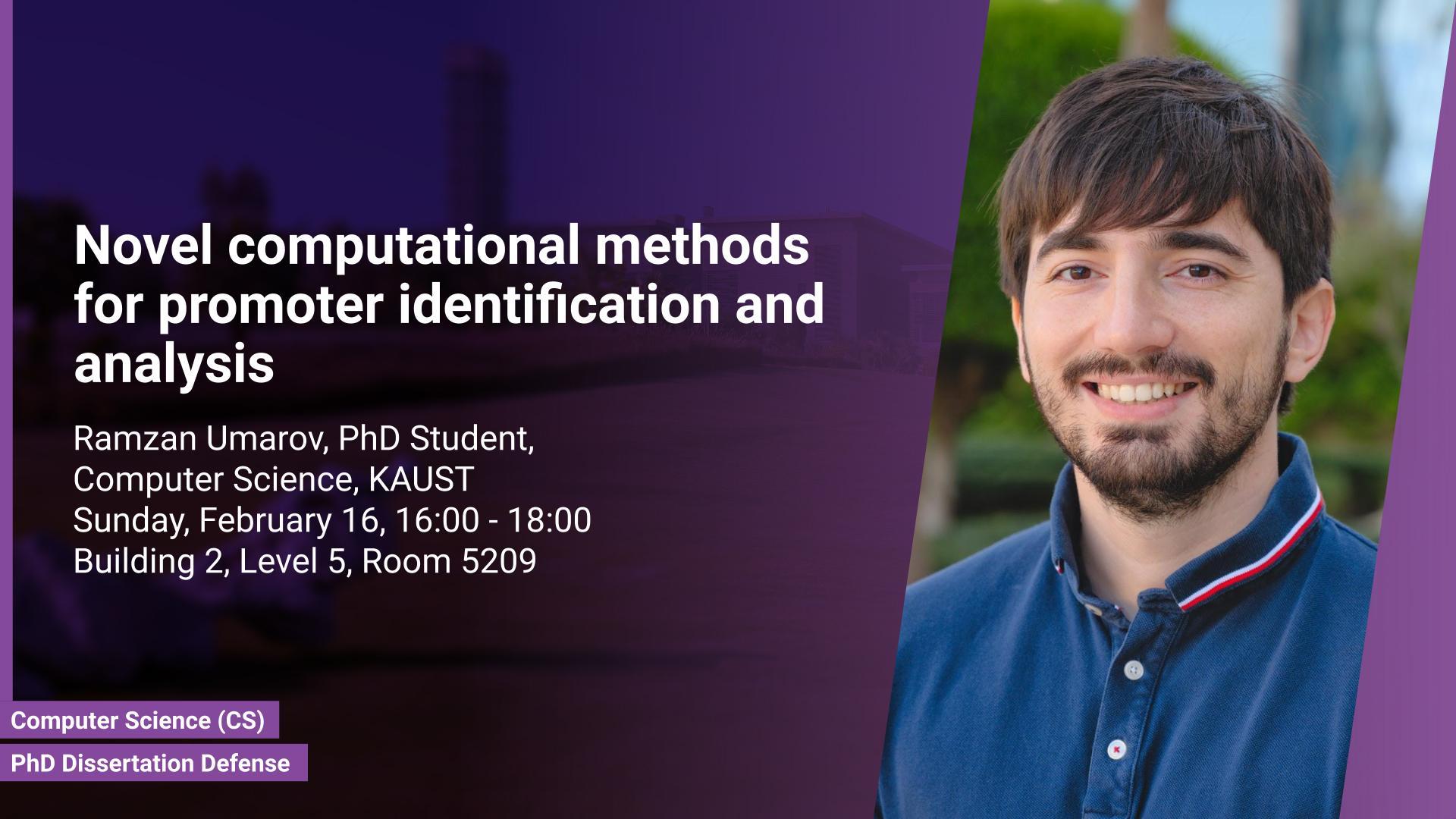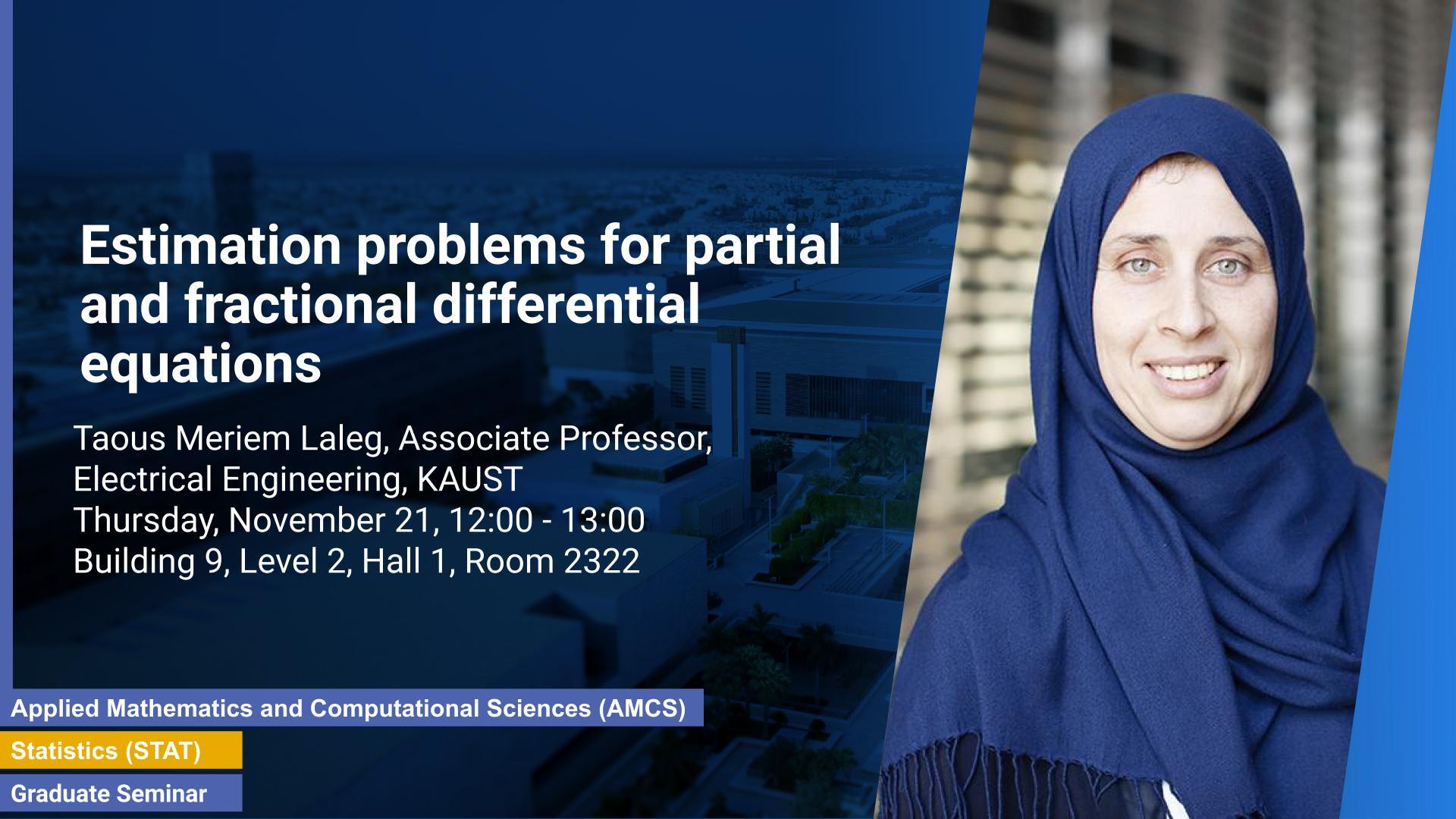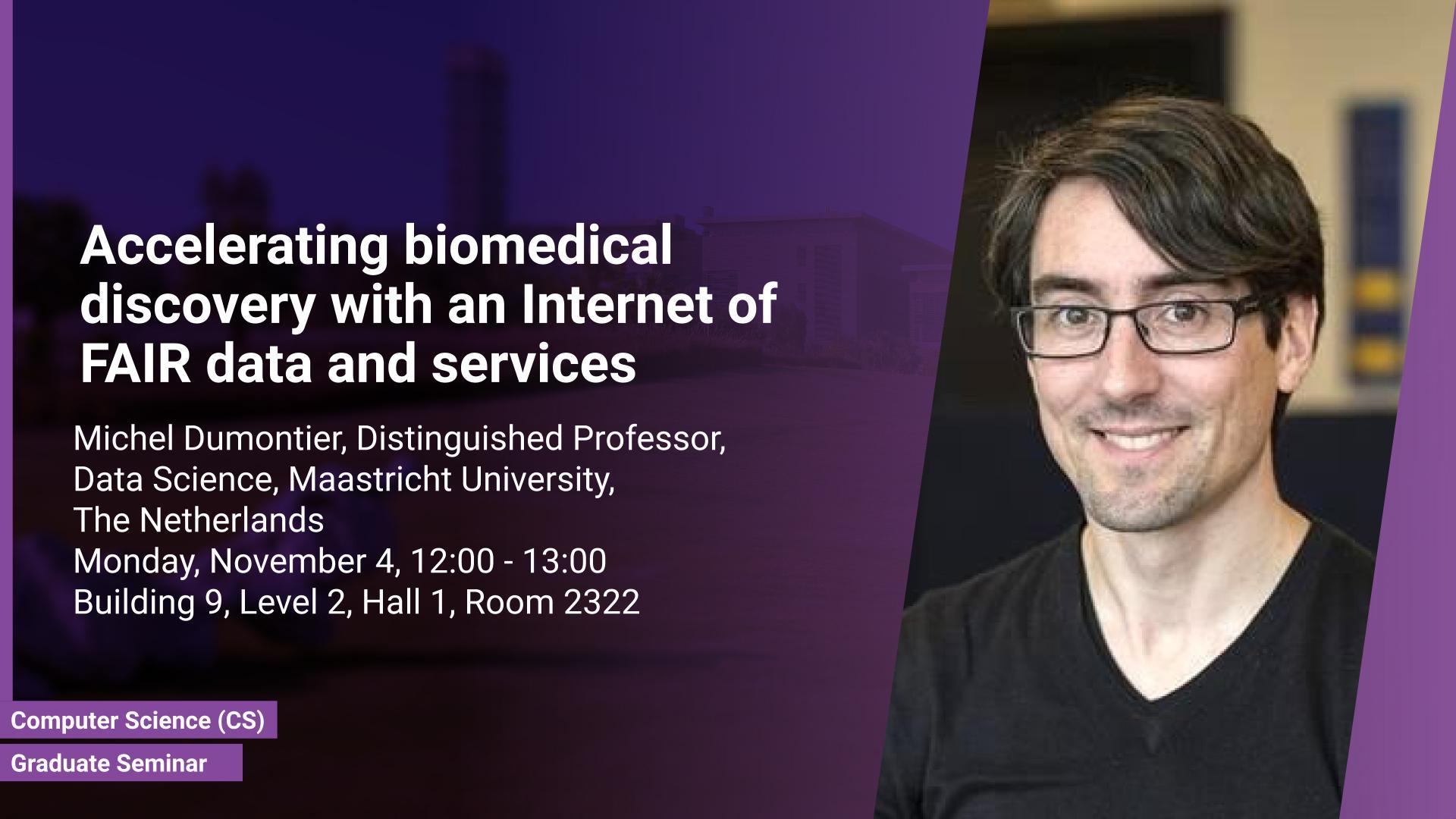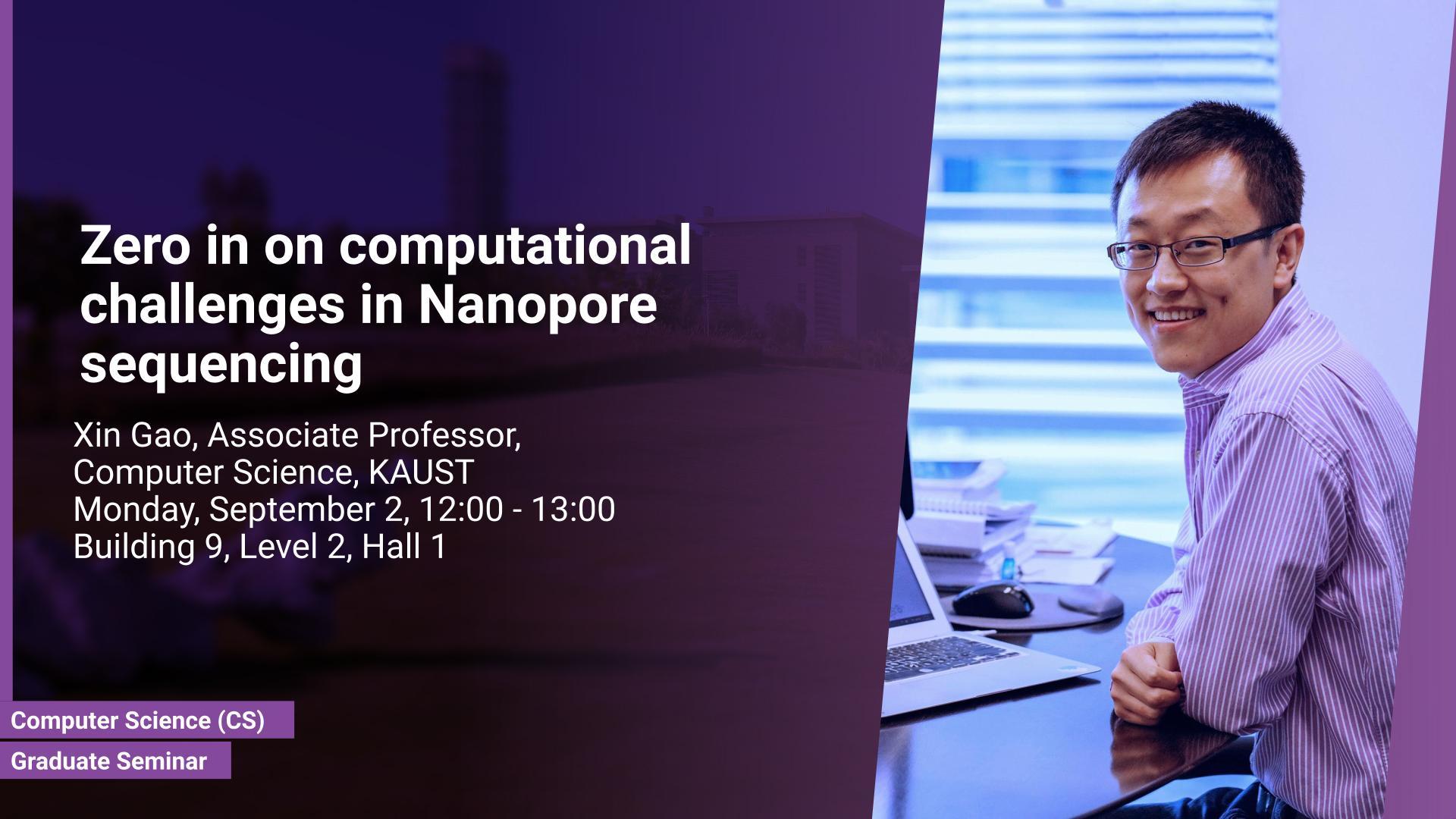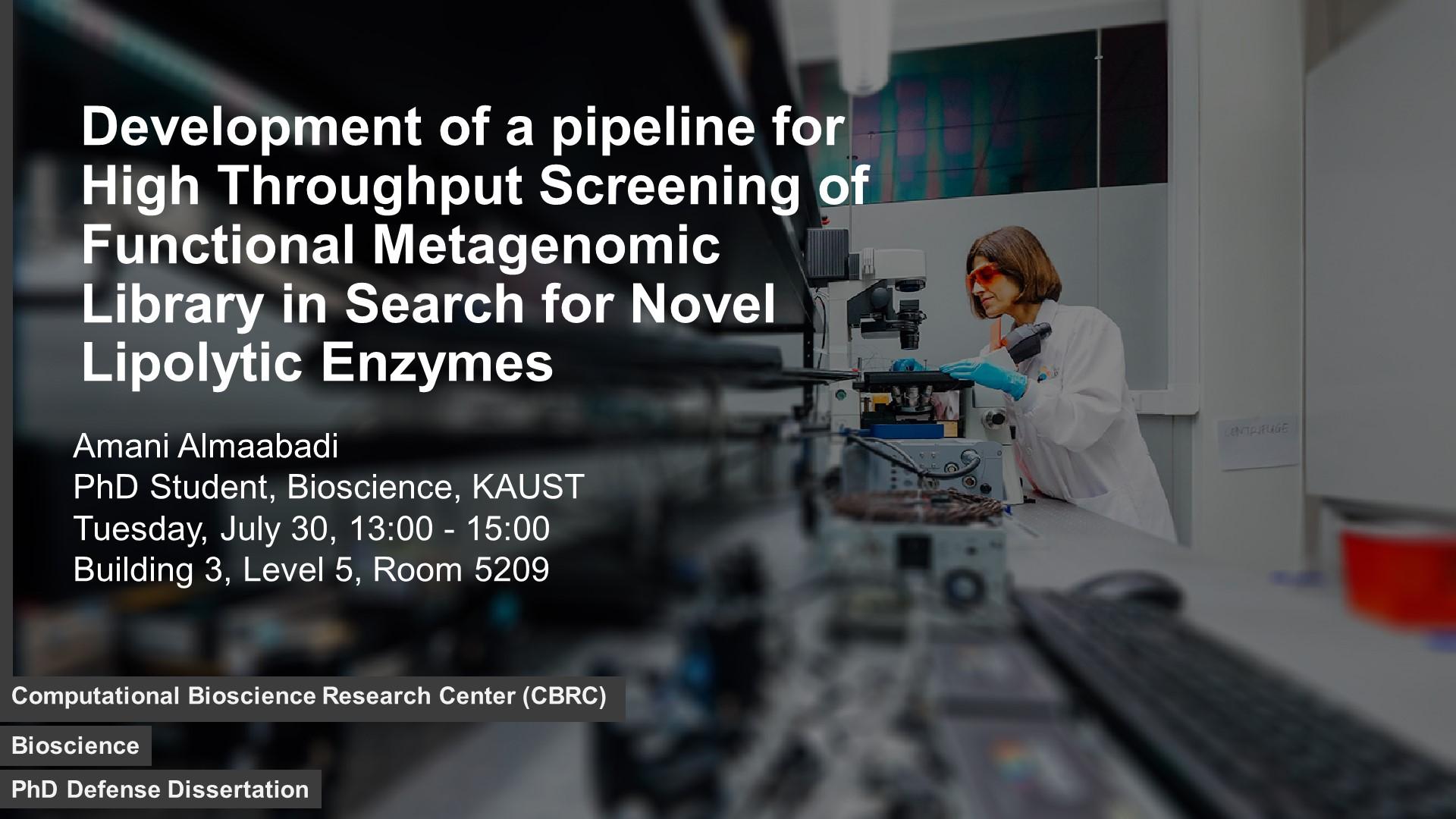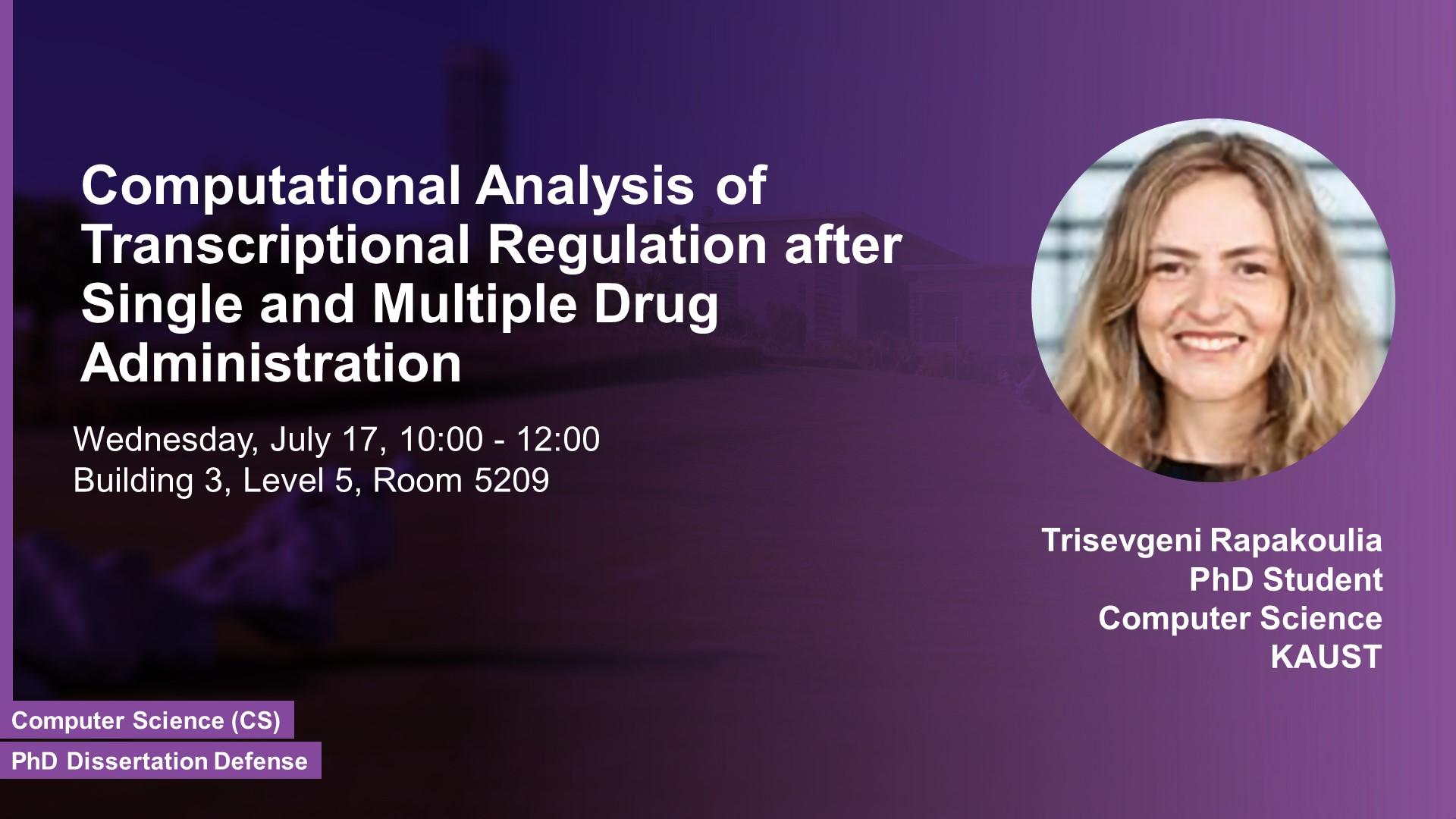Prof. Yuxuan Hu, Xidian University, China
Thursday, December 23, 2021, 12:30
- 14:00
KAUST
Contact Person
Signal transduction is the primary mechanism for cell-cell communication and scRNA-seq technology holds great promise for studying this communication at high levels of resolution. Signaling pathways are highly dynamic and cross-talk among them is prevalent. Due to these two features, simply examining expression levels of ligand and receptor genes cannot reliably capture the overall activities of signaling pathways and the interactions among them.

